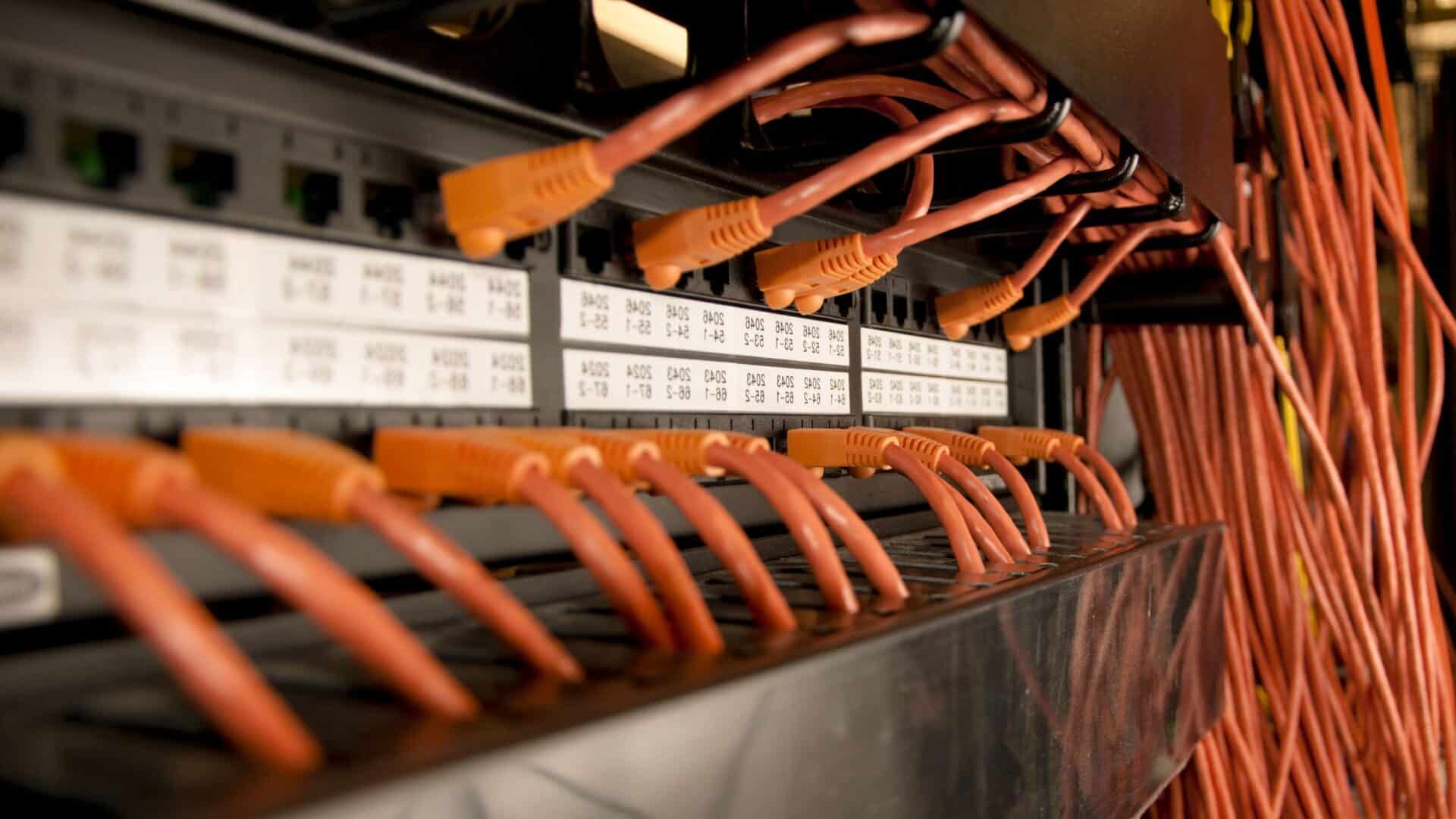Firewalls and Firewall Security

What is a Firewall?
A firewall is a network security device or software that monitors and filters incoming and outgoing network traffic based on predetermined security rules. It acts as a barrier between trusted internal networks and untrusted external networks, such as the internet, to prevent unauthorized access while allowing legitimate communication.
Types of Firewalls
- Packet-Filtering Firewalls: Examine packets based on source/destination IP, protocol, and port.
- Stateful Inspection Firewalls: Track the state of active connections, providing context-aware filtering.
- Proxy Firewalls (Application Gateways): Inspect traffic at the application layer and act as intermediaries.
- Next-Generation Firewalls (NGFW): Combine traditional firewall features with intrusion prevention, application awareness, and threat intelligence.
- Cloud Firewalls: Firewall-as-a-Service (FWaaS) solutions that protect cloud infrastructure and remote users.
Why Firewall Security is Essential
With the rise of sophisticated cyber threats, firewall security is more critical than ever. Firewalls help organizations:
- Block unauthorized access.
- Enforce security policies.
- Monitor and log network activity.
- Segment networks into security zones to contain breaches.
- Protect against malware, phishing, and other threats.
Key Features of Modern Firewalls
- Intrusion Detection and Prevention: Detect and block attacks in real-time.
- VPN Support: Secure remote access for employees.
- Content Filtering: Block access to dangerous or inappropriate sites.
- Application Level Control: Manage which applications can communicate on the network.
- Logging and Reporting: Provide detailed network activity logs for compliance and forensics.
Best Practices for Firewall Security
Network Segmentation
Effective firewall security involves segregating networks to reduce the attack surface. This includes implementing multiple network segments to separate untrusted from trusted networks, restricting traffic between segments, and isolating legacy or unhardened devices. High-privilege interfaces and administrative access should be limited to protected networks or bastion hosts.
Limiting Outbound and Inbound Traffic
Firewall rules and proxy configurations should ensure that only systems with a valid business need can initiate outbound internet traffic, restricted to pre-approved IP addresses and domains. Inbound traffic should be tightly controlled, exposing only necessary services and minimizing access to sensitive systems.
Review and Change Management
Firewall configurations and rulesets should be regularly reviewed and updated to reflect current business needs and emerging threats. Automated scans and audits of public IP ranges help inventory exposed systems and applications, while used 3rd party services should be monitored and reviewed for compliance with security requirements.
Web Filtering and Threat Intelligence
Automated tools should be used to filter dangerous content and block communication with malicious sites. Threat intelligence can proactively detect and block suspicious IPs and URLs, further strengthening firewall defenses.
The Critical Role of Firewall Logging
Firewall logs are a cornerstone of forensic evidence during security incidents. They capture details about network traffic, connection attempts, and potential intrusions, providing essential information for investigators. Effective firewall security requires:
- Comprehensive Logging: All relevant events, including both successful and failed connections, should be recorded.
- Sufficient Retention and Visibility: Logs must be securely stored and retained for a period consistent with regulatory and business requirements, ensuring they are available for incident response and forensic investigations. Insufficient retention or limited visibility can severely hinder the ability to reconstruct attack timelines and identify unauthorized access.
- Regular Review and Analysis: Continuous log monitoring helps detect anomalous activity and supports timely incident response.
Common Firewall Misconfigurations
- Overly Permissive Rules: Allowing unnecessary traffic increases risk.
- Failure to Remove Old Rules: Obsolete rules can create vulnerabilities.
- Lack of Monitoring: Without proper log monitoring, threats may go undetected.
- Ignoring Updates: Outdated firewall software may lack protection against new threats and vulnerabilities.
- Insufficient Log Retention and Visibility: Not retaining logs for a sufficient period can result in lost evidence during incidents, impacting both technical response and compliance. Firewall logs are critical forensic evidence and should be managed accordingly.
Firewalls in a Modern Security Strategy
Firewalls remain a cornerstone of cybersecurity but must be part of a layered defense strategy. Regular updates, advanced features, integration with threat intelligence, and robust logging are essential for modern protection. Proper network segmentation, strict rule enforcement, and continuous monitoring help organizations stay ahead of evolving cyber threats.